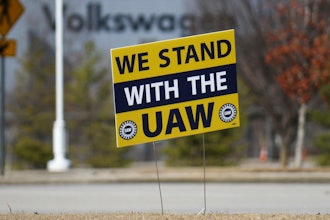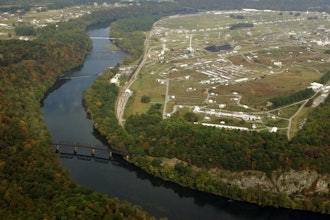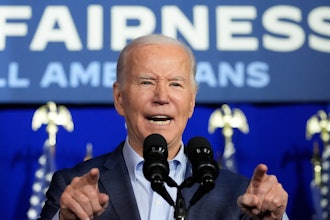Labor Day is upon us, and that means you're watching this both with genuine interest, but possibly also in an attempt to kill two more minutes in a day that is dragging its way towards your long weekend.
So, here are some stats to take with you to the water cooler and kill five more minutes as you rattle them off to your coworkers while you dream of the serene peace you are on the cusp of experiencing.
We've been celebrating a Labor Day since 1882 and yet we still don't know who founded it. Some say it's Peter McGuire, a co-founder of the American Federation of Labor. Others think its Matthew Maguire, no relation, a machinist who allegedly proposed the holiday back in 1882 while working for the Central Labor Union of New York.
The manufacturing workforce is currently 12.3 million strong, which is bad if you compare it to the 14.2 million in 2006, but good, if not at least promising when you compare it to the 11.5 million in 2010.
There are currently 377,000 job openings on the market today, but for those working, the average hourly wage is $26 per hour, which is the highest it's been, ever. And you guys are clocking in for 40.7 hours per week - which the industry has hovered around since 2010.
Now all of this varies depending on position. Purchasing agents make an average of $64k per year, and machinists make $42k per year, while production workers make a little over $27K per year.
We all play various roles and live off of wildly different incomes, but the one constant is that most of us will celebrate our Labor Day and subsequent shortened workweek with rest and relaxation in observance of the hard working laborers who fought for fair wages basic employee rights. Let’s not forget that.






















